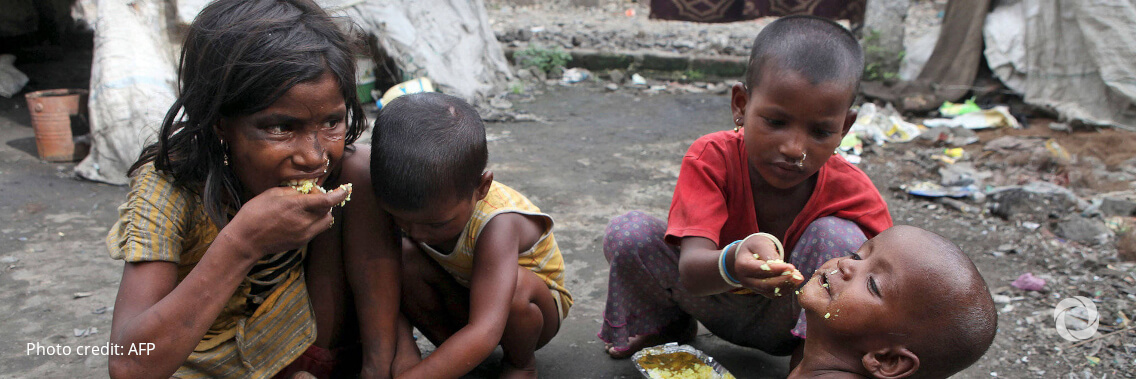Delivering immunization and nutrition programs together is necessary to maximize results and minimize the costs of these critical health services, enabling more people to be reached, especially in vulnerable communities. This is the conclusion of a new policy brief launched and co-authored by Gavi, the Vaccine Alliance, and the Scaling Up Nutrition (SUN) Movement – global leaders in immunization and nutrition respectively.
The policy brief, Equity from birth: an integrated approach to immunization and nutrition, highlights that malnutrition and infectious diseases together cause millions of preventable child deaths every year and contribute to a vicious cycle of poor health, stunted growth, poverty, and exclusion; while malnutrition – both undernourished and overweight – can severely decrease our COVID-19 survival rate.
In advance of the 7-8 December Nutrition for Growth Summit (N4G), being held in Tokyo, Gavi and SUN are calling on global leaders and key decision-makers in all countries to take action and prioritize this two-pronged vaccine-nutrition approach, through clear commitment making.
They are also calling on relevant international health partners to take action to advance the integration of immunization and nutrition and to develop clear recommendations governments can use to roll out this urgently needed approach.
“Delivering immunization and nutrition services together will ensure that more people can be reached, especially the vulnerable, women, and children – and contribute to building communities that are resilient to COVID-19 and future pandemics. Countries must be enabled to advance smart joint packages of support on the ground, where it matters the most,” said Gerda Verburg, United Nations Assistant Secretary-General and SUN Movement Coordinator.
The policy brief highlights that by 2022 alone, the COVID-19 pandemic could result in an additional 2.6 million children suffering from stunting and 9.3 million suffering from wasting. In 2020, the COVID-19 pandemic and associated disruptions on health systems resulted in 22.7 million children missing out on vaccinations – 3.7 million more than in 2019 and the highest number since 2009.
“By integrating immunization and nutrition efforts, and allowing vaccines and good nutrition to be delivered together we can ensure we reach the most vulnerable populations – effectively and efficiently, to help enhance equity across the world,” said Anuradha Gupta, Gavi Deputy Chief Executive Officer.
The policy brief also recommends that national governments and international health partners are proactive about combining immunization and nutrition interventions and other essential health services, including through sharing infrastructure and value chains.
“It takes a great deal of effort for health workers to reach the most vulnerable children during immunization campaigns. If they could use the opportunity to also screen for malnutrition or provide vitamin A supplementation or therapeutic foods, for example, they could make a big difference in children’s lives,” said Dr. Githinji Gitahi, Group CEO, Amref Health Africa.
The N4G Summit comes at a critical time, midway through the United Nations (UN) Decade of Action on Nutrition, with only five years left to achieve the World Health Assembly (WHA) targets on a maternal, infant, and young child nutrition, and with just ten years left to achieve the Sustainable Development Goals (SDGs). Given this, and the serious disruptions caused by the COVID-19 pandemic, the policy brief underscores now is the time to invest better and smarter, as countries gradually find ways to restore, maintain and strengthen immunization, nutrition, and other essential services.
“If we are to live up to the SDG principle of ‘leaving no one behind,’” the policy brief’s executive summary concludes, “we must start by identifying and reaching disadvantaged and excluded groups with the most essential interventions.”

